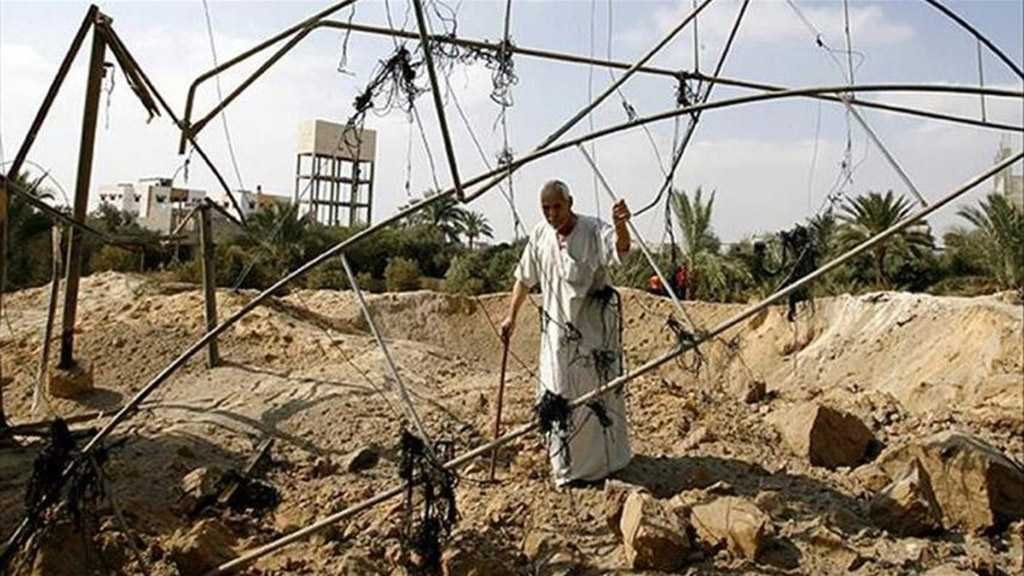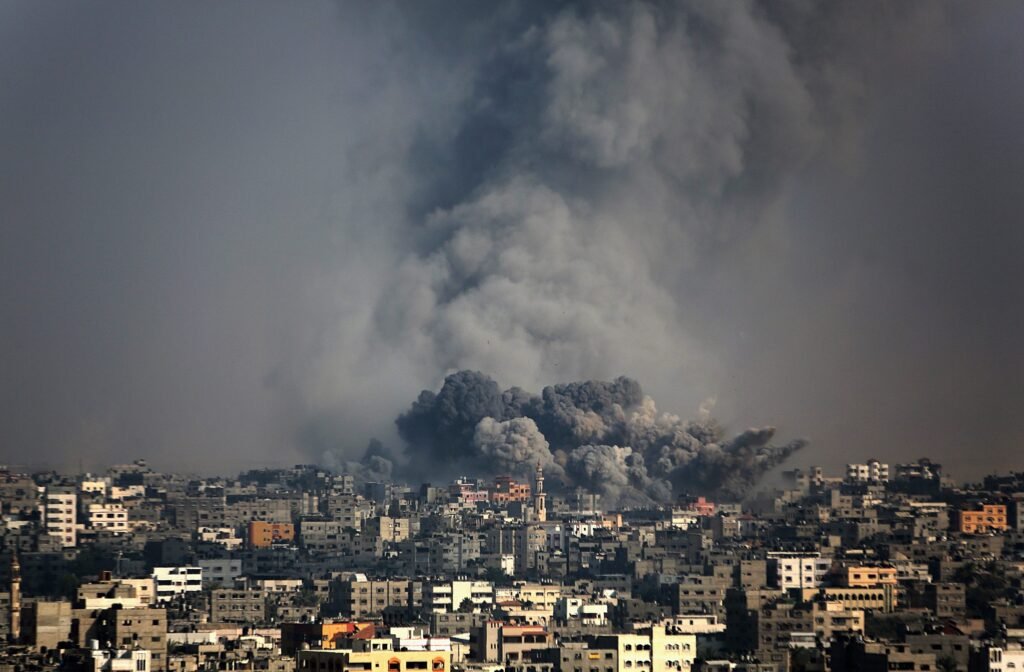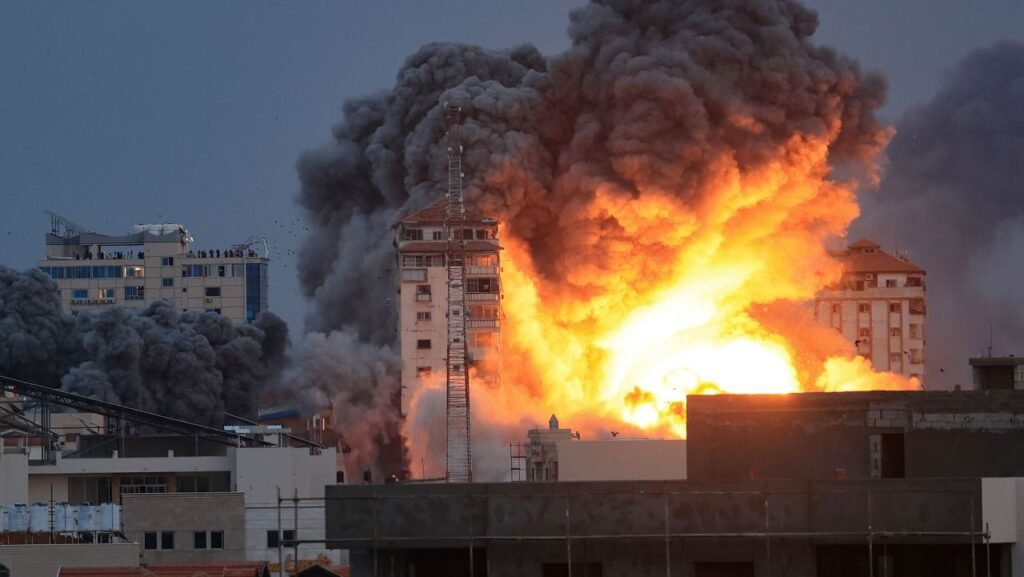Gaza Under Siege: Israel’s Campaign of Environmental and Human Destruction
As we enter 2024, the situation in Gaza has reached levels of destruction unseen in recent history. In its relentless military campaign against Hamas, Israel has escalated its tactics to include the flooding of underground tunnels, further devastating the already fragile infrastructure of Gaza. A recent operation involved laying pipes along Gaza’s coast, designed to flood the extensive network of tunnels with polluted Mediterranean water, a strategy that mirrors Egypt’s tunnel flooding in 2013. While this aims to incapacitate Hamas, the side effects on Gaza’s environment and population are catastrophic.
The environmental impact of this flooding cannot be understated. Gaza’s underground water supply is already compromised by years of neglect and contamination from its dysfunctional sewage system. By introducing seawater into this network, Israel is further degrading an aquifer system that provides what little clean drinking water remains in Gaza. Juliane Schillinger, a researcher from the University of Twente, points out that this water is not only saline but also heavily polluted with untreated wastewater, making it a significant health risk.
This strategy, along with the destruction of up to 70 percent of homes in Gaza, illustrates Israel’s broader goal: to make Gaza uninhabitable. Israeli Defense Minister Yoav Gallant’s remark about fighting “human animals” reflects a disturbing dehumanization of Palestinians, underpinning the ongoing efforts to dismantle Gaza’s civilian infrastructure. The destruction is not limited to homes and tunnels but extends to the region’s agricultural backbone—its olive groves. Once a source of economic sustenance and cultural heritage, 22 percent of Gaza’s farmland, including ancient olive orchards, has been decimated since the war began.
The environmental consequences are dire. Uprooting olive trees, which have been cultivated in the region for millennia, accelerates soil erosion, disrupts local biodiversity, and contributes to long-term environmental degradation. The destruction of these groves has profound cultural implications as well, severing Palestinians’ deep connection to their land and heritage.
Moreover, Israel’s use of white phosphorus, as reported by Amnesty International, adds another layer of devastation. This toxic chemical, prohibited in urban warfare, has been deployed over some of the most densely populated areas in Gaza, exacerbating the human toll and poisoning the land for generations to come. Israel’s war on Gaza is not just a military campaign—it is an assault on the environment, the culture, and the very future of the Palestinian people.

The cumulative impact of bombings, toxic chemicals, and environmental sabotage has turned Gaza into an unlivable wasteland, a tragedy that will resonate for decades.
A Calculated Campaign: Israel’s Humanitarian Crisis in Gaza
Since October 2023, Israel’s military campaign in Gaza has claimed the lives of over 25,000 Palestinians, the majority of them women and children. According to experts, this is one of the most aggressive civilian punishment campaigns in modern history. The destruction wrought upon Gaza far surpasses the devastation seen in other recent conflicts, including the razing of Aleppo and Mariupol. In terms of sheer destruction, it has been compared to the Allied bombings of Germany in World War II, with over a third of Gaza’s homes destroyed and nearly two million people displaced.
This level of devastation is not an accident. According to internal reports, Israel has intentionally targeted civilian infrastructure in an effort to make Gaza uninhabitable. Leaked analysis from the Dutch defense attaché in Tel Aviv reveals that Israel’s aim is to cause enormous destruction to Gaza’s civilian centers, using the pretext of targeting Hamas fighters as a “fig leaf” to justify the widespread damage.
Gaza’s hospitals, already overwhelmed by years of blockade, have been systematically targeted. With 20 of Gaza’s 36 hospitals no longer operational, the humanitarian situation is dire. The remaining hospitals are overcrowded, with occupancy rates exceeding 200 percent, and doctors are forced to perform surgeries in darkness, using mobile phones for light. Aid groups have repeatedly tried to deliver essential medical supplies to the region, but the majority of these efforts have been blocked by Israeli authorities.


In addition to the direct attacks on civilians, Israel has been accused of using starvation as a weapon of war. Human Rights Watch has reported that Israeli forces are deliberately blocking the delivery of food, water, and fuel to Gaza, a tactic that has led to severe shortages and rising malnutrition rates. Experts warn that if these conditions persist, Gaza will face a man-made famine on an unprecedented scale.
Israeli leaders have openly discussed their strategy of forcing the mass emigration of Palestinians from Gaza. Maj. Gen. Giora Eiland, a senior adviser to Defense Minister Gallant, has advocated for creating conditions in Gaza that will compel its residents to flee. This policy of “voluntary emigration,” as Israeli officials euphemistically call it, is part of a broader plan to depopulate Gaza and remove its inhabitants permanently. The destruction of civilian infrastructure, combined with the blockade and the targeting of essential services, is designed to make life in Gaza unsustainable.
Genocide scholars have increasingly raised the alarm, describing Israel’s actions as a textbook case of genocide. The mass killings, forced displacements, and destruction of civilian life and infrastructure point to a deliberate attempt to erase the Palestinian presence in Gaza. UN officials, as well as independent genocide experts, have called for urgent international intervention, warning that the situation in Gaza could become one of the most significant humanitarian disasters of the 21st century.
Yet, despite growing international outrage, the U.S. government continues to support Israel’s actions. President Biden, who once campaigned on ending America’s involvement in “forever wars,” has approved multiple emergency arms sales to Israel, bypassing Congress to expedite the process. Critics argue that Biden’s unwavering support for Israel has emboldened Netanyahu’s government to push forward with its genocidal campaign.
In conclusion, the situation in Gaza is one of unparalleled human and environmental destruction. The Israeli military’s systematic targeting of civilians, coupled with the government’s intent to depopulate Gaza, has created a crisis that demands immediate international action. Without a radical shift in policy, both within Israel and among its allies, the humanitarian catastrophe in Gaza will continue to deepen, with consequences that will reverberate for generations.


